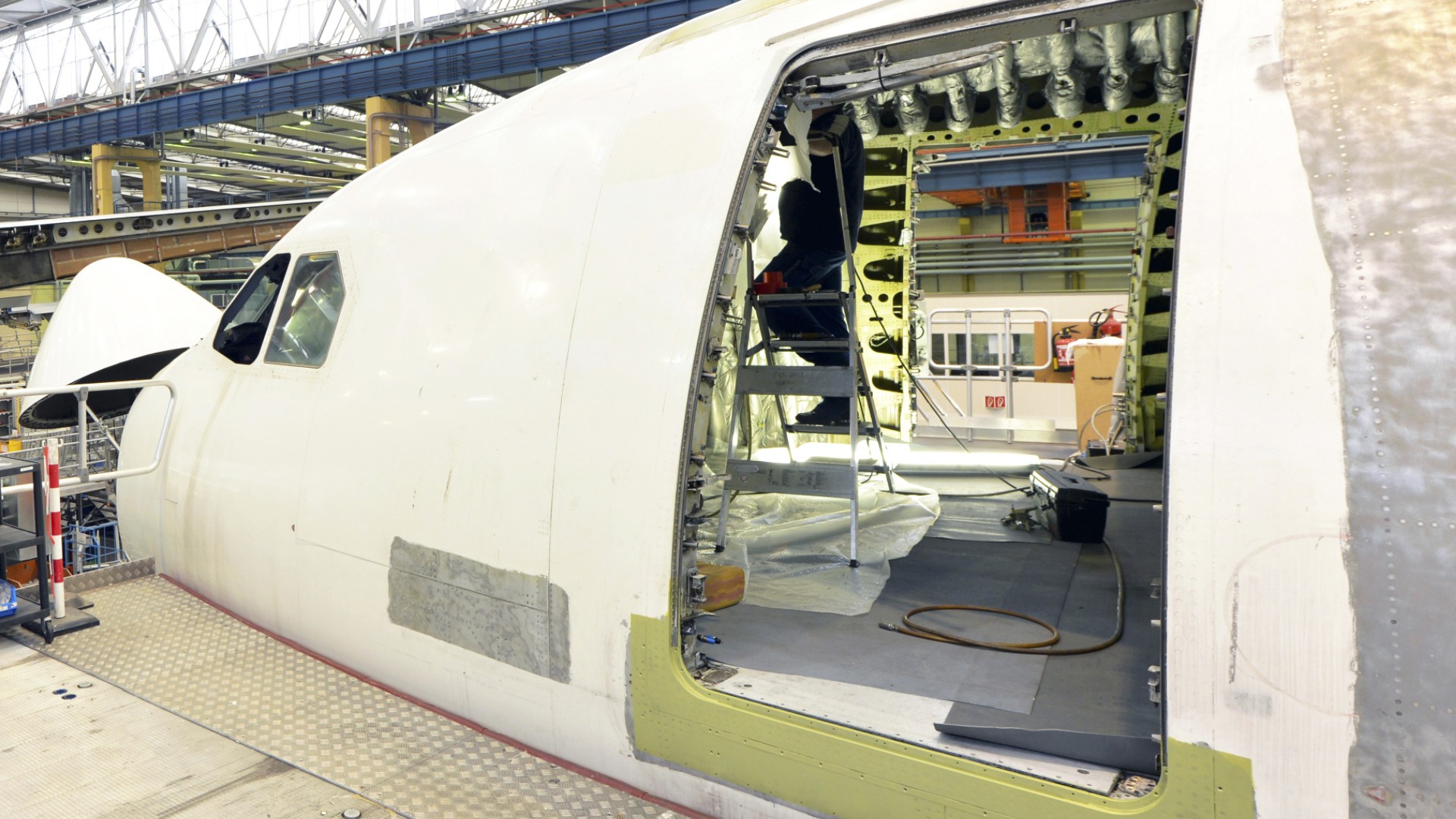Electromechanical Equipment Assemblers
Assembler, Electronic Assembler, Electronic Technician, Mechanical Assembler
 Select a military branch to see samples.
Select a military branch to see samples.
Aerospace Ground Equipment; Airlift/Special Mission Aircraft Maintenance Apprentice, C-130/C-27J; Airlift/Special Mission Aircraft Maintenance Helper, C-5; Helicopter/Tiltrotor Aircraft Maintenance Apprentice, MHU-139; Helicopter/Tiltrotor Aircraft Maintenance Journeyman, MHU-139; Refuel/Bomber Aircraft Maintenance Craftsman; Refuel/Bomber Aircraft Maintenance Journeyman, B-1; Remotely Piloted Aircraft Maintenance Apprentice, RQ-4; Tactical Aircraft Maintenance (5th Generation) Craftsman; Tactical Aircraft Maintenance Apprentice, F-16
No similar titles were found.
Aviation Maintenance Technician
No similar titles were found.
Electronics Technician; Electronics Technician, Submarine, Navigation; Fire Controlman (AEGIS); Fire Controlman; Gyro Compass Maintenance; Interior Communication Technician; Interior Communications Electrician; Submarine Navigation Operator; Submarine Navigation Technician; WSN-2 Stabilized Gyrocompass Technician
No similar titles were found.
What they do:
Assemble or modify electromechanical equipment or devices, such as servomechanisms, gyros, dynamometers, magnetic drums, tape drives, brakes, control linkage, actuators, and appliances.
On the job, you would:
- Inspect, test, and adjust completed units to ensure that units meet specifications, tolerances, and customer order requirements.
- Position, align, and adjust parts for proper fit and assembly.
- Assemble parts or units, and position, align, and fasten units to assemblies, subassemblies, or frames, using hand tools and power tools.
Knowledge
Manufactured or Agricultural Goods
- manufacture and distribution of products
Engineering and Technology
- mechanical
- computers and electronics
Arts and Humanities
- English language
Skills
Basic Skills
- reading work related information
- talking to others
Problem Solving
- noticing a problem and figuring out the best way to solve it
Abilities
Hand and Finger Use
- keep your arm or hand steady
- put together small parts with your fingers
Verbal
- communicate by speaking
- listen and understand what people say
Personality
People interested in this work like activities that include practical, hands-on problems and solutions.
They do well at jobs that need:
- Attention to Detail
- Dependability
- Integrity
- Cooperation
- Adaptability/Flexibility
- Analytical Thinking
Technology
You might use software like this on the job:
Spreadsheet software
- Microsoft Excel
Graphics or photo imaging software
- Blueprint display software
Enterprise resource planning ERP software
- SAP software
Education
Education: (rated 2 of 5)
high school diploma/GED or
associate's degree
usually needed
associate's degree
usually needed
Job Outlook
Bright
New job opportunities are very likely in the future.
Explore More
- Aircraft Structure, Surfaces, Rigging, & Systems Assemblers
- Calibration Technologists & Technicians
- Electrical & Electronic Equipment Assemblers
- Engine & Other Machine Assemblers
- Timing Device Assemblers & Adjusters
You might like a career in one of these industries:
See more details at O*NET OnLine about electromechanical equipment assemblers.





